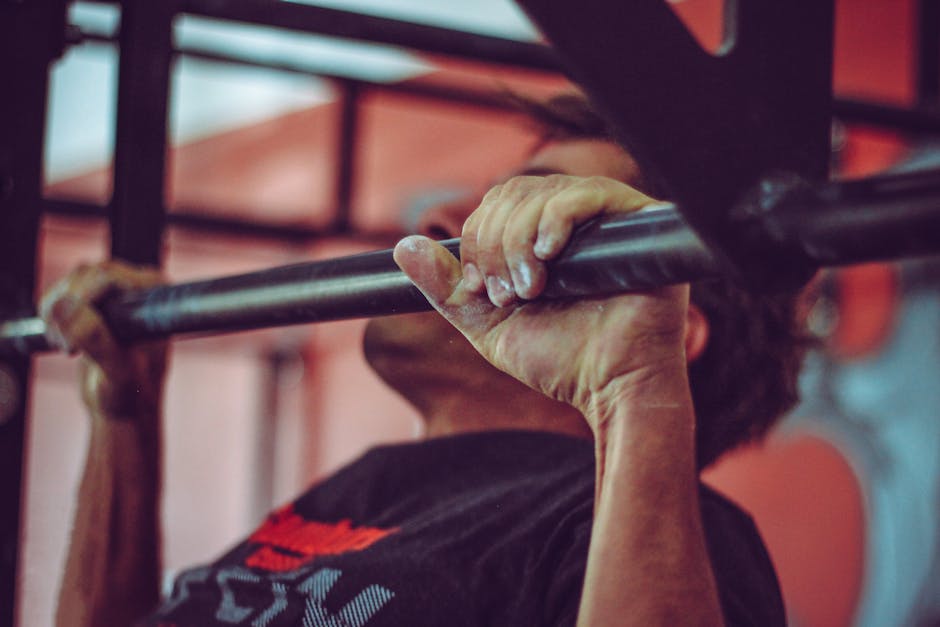What would happen if I did pull-ups every day?
Pull-ups are some of the most difficult and effective
exercises to target certain muscle groups in the body. By definition, push-ups
are a body-weight exercise that consists of pulling one position face down to a
bar or other handle located above your head. Basically, you are pulling your
own body up, towards where your chin passes the bar and your elbows are placed
directly under your shoulders. Let's see what would happen if you do pull-ups every day.

This exercise has several variations
and also has several names, such as dominated, but this alternative title
usually refers to the dominated, where the palms are far from the body. You can
also vary your pull-ups depending on the width of the hand, crossing the legs
and bending the knees. This exercise is one of the most common measures of
athletic ability and is widely used everywhere, from physical fitness tests in
high school to strength and conditioning for military groups, such as Marines.
Benefits of pull-ups
Some of the most important benefits of pull-ups include
their effects on the strength of your joints and muscular endurance and are
preferable due to their flexibility and convenience, among others.
Joint force
Controlled and slow-controlled controls are excellent for
improving the strength of the joint in the wrists, elbows, and shoulders, which can reduce the risk of
sprains and stretching of the muscles.
Muscular resistance
These simple exercises can be extremely demanding with your
muscles in a very short time. As the number gradually increases, even small
improvements represent a significant increase in muscle strength.
Abdominal muscles
When performing pull-ups, especially when the other muscle
groups begin to tire, your core will activate and your abdominal muscles will
come into action. These are also important to control the momentum and balance
during the exercise.
The width of Your Back Will Wonderful
These are your primary back muscles, between the shoulders,
which determine the width of your back and participate and are strengthened
with pull-ups.
Arms and shoulders
Pull-ups require a large part of the strength of the upper
body, as well as resistance in the shoulders, biceps, triceps, forearms, and hands, all of which obtain significant
training during these exercises.




No comments